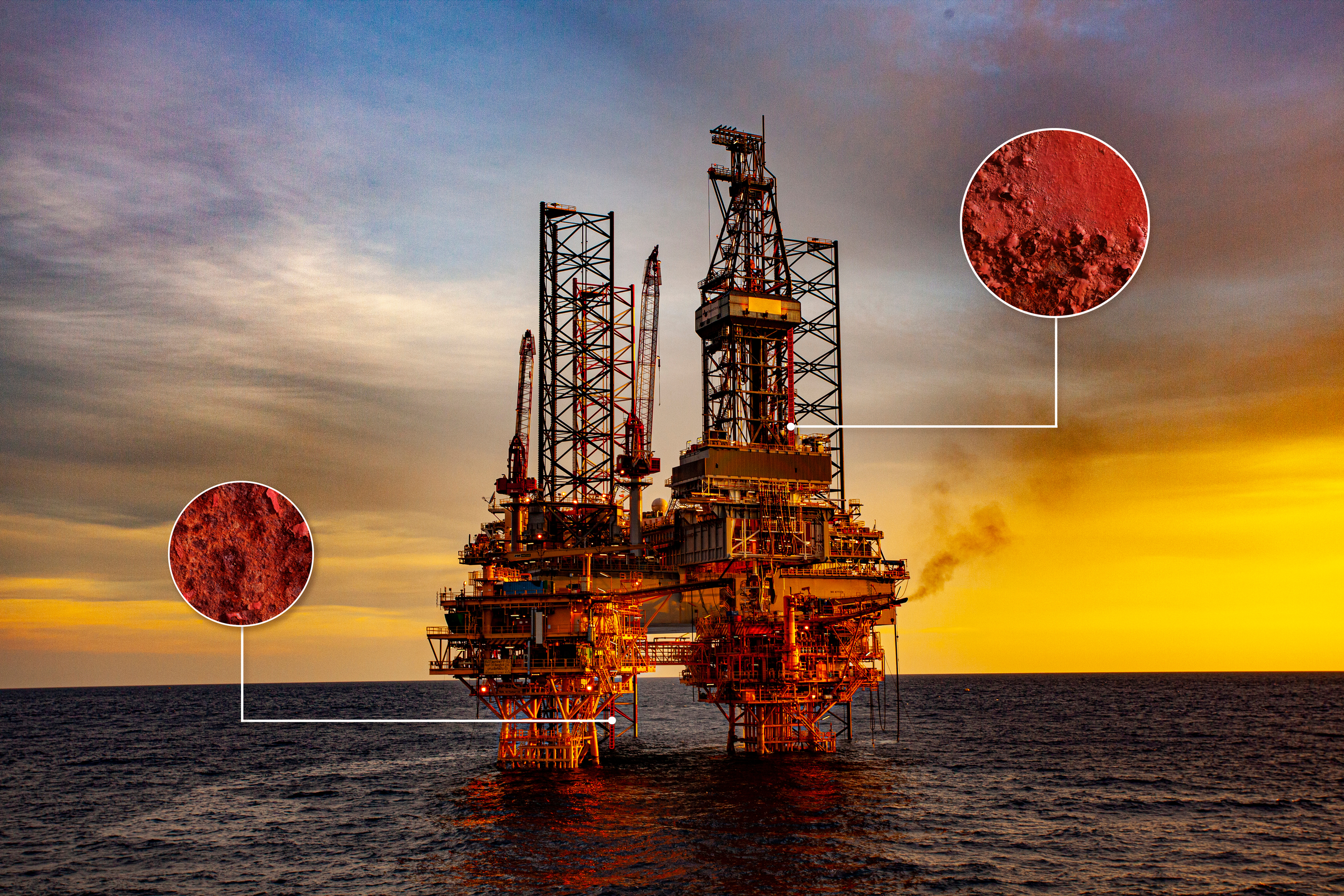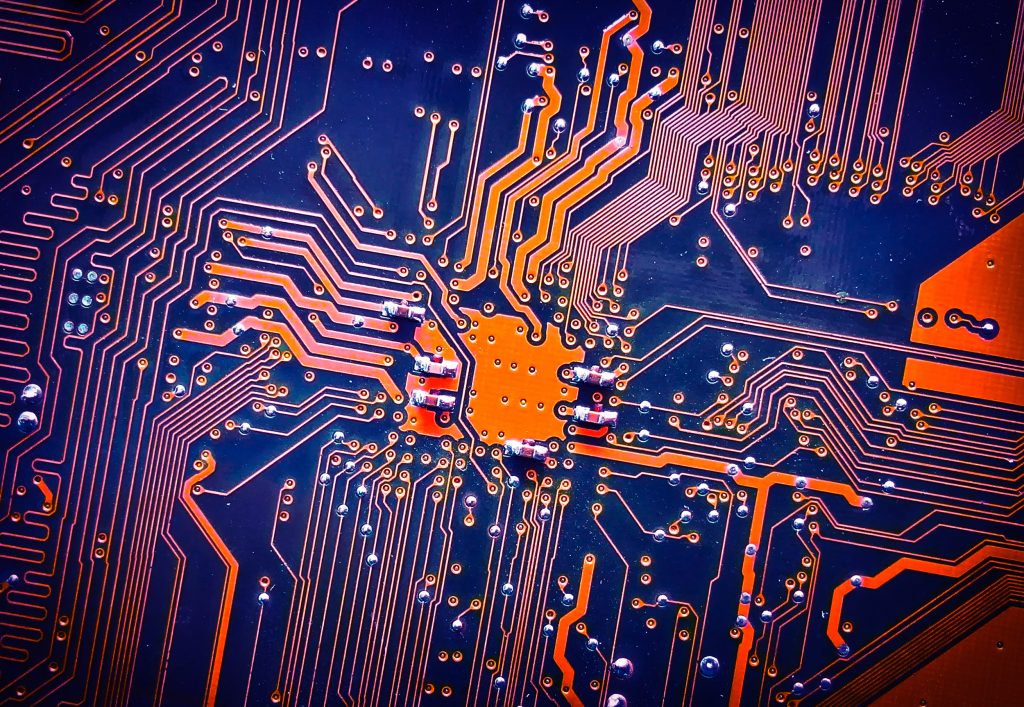Ensuring the safety and integrity of assets within plants is one of the main objectives of industries today, the monitoring of these assets has become a fundamental practice within the industrial routine, and managers of large companies are well aware of the importance of that.
When we analyze plants in industries such as Oil and Gas, Pulp and Paper, Mining, and Petrochemicals, we realize that they have a very high degree of complexity in their process. These production processes involve high investments and cannot be prone to downtime.
Bearing this in mind, managers must keep all assets in the operation functioning in the most reliable possible way, with their optimized useful life and ensuring the best possible safety for operators in the field. Continuous monitoring of industrial elements within this type of installation is essential for the entire process to work within the standards of operational safety and productivity standards.
Understand what are the key concepts behind Asset Performance Management

For an industrial plant to have a productive and safe operation, several kinds of integrity routine actions are required on various types of components of that operation, carried out through inspections, maintenance, online monitoring, and often by specialized systems already used in the operation. However, as we mentioned earlier, process industry plants have a high degree of complexity and are usually inserted in environments that are aggressive for equipment and components, making the corrosive process, even more, accentuated and fast, directly affecting the structural integrity of these components.
How does corrosion happen and what are its impacts?
Corrosion is a natural process that occurs in metals through chemical and electrochemical reactions between the environment to which they are subjected and the substrate. The kind of material is one of the factors that have a lot of influence on the time of degradation and corrosion wear.
For protection, many components need anti-corrosion coatings or paints, so that corrosion rates are slowed to a minimum. The coating works as isolation from the material and substrate.
Even though it is a common technique, applying paint on large areas is prone to inefficiencies and demands a lot of workforce and investment.
Carbon steel is one of the most widely used materials within industrial plants for its technical and cost characteristics. On the other hand, it is also one of the materials that can be most impacted by corrosion. It is used in pipes, metallic structures, machines, and in the most diverse components. Among the various possible forms of corrosion, atmospheric corrosion is one of the most common.
It is estimated that up to 50% of total maintenance costs are for the prevention of atmospheric corrosion. According to NACE International – World Corrosion Authority – the annual cost of global corrosion is $ 2.5 trillion, or 3, 4% of global GDP in 2013. Most of that cost is from the industrial sector. (PHILIP, A. SCHWEITZER, P.E. “Atmospheric Degradation and Corrosion Control”, CRC Press Book.(1999).

But how exactly does corrosion affect the operation of an industrial plant?
Commonly in industries, in addition to cost-benefit aspects, the types of materials are selected according to their mechanical and chemical properties. When corrosive processes occur in these materials, these properties can be altered, given that wear of the material affects its mechanical strength. An industrial component with a high level of degradation can result in leaks and accidents that could lead to failure and operational shutdown, becoming a loss of productive capacity, not to mention risks to the safety of people, assets, and the environment.
It is also noted that the lack of accurate monitoring of corrosion demands more frequent downtime for maintenance and replacement of metallic elements within a system since the useful life of these assets becomes shorter due to the lack of predictive maintenance.
The guarantee of the safety of the people involved in the processes is another factor that should be taken into account by the industries when investing in corrosion monitoring, bearing in mind that equipment affected by corrosion has its structural integrity compromised, which can lead to failures, and consequently, accidents. Beyond safety risks, the number of resources needed to control corrosion within this kind of operation can easily surpass the value of 2 million dollars in coating activities, representing a global cost of 276 billion dollars according to NACE.

How is corrosion monitoring done in industries?
Industries have adopted specific ways to manage corrosion monitoring within their facilities in the past. Nowadays it is possible to access different kinds of techniques supported by the digitalization provinient from Industry 4.0. But before detailing how it is done, it is necessary to differentiate internal and external corrosion techniques
Internal corrosion
As its name implies, internal corrosion is defined as the degradation of the internal area of structures such as pipings, tubulações e equipamentos cuja área interna está sujeita a corrosão.
This type of corrosion requires treatment and control using specific techniques. Usually, corrosion coupons, electrical resistance probes, and IoT (Internet of things) devices are used.
Normally, the corrosion control technique consists of inserting these hardware devices inside the pipes for a period of time that can vary from 6 to 8 months.
After the analysis is complete, the bodies are removed from the pipe, and from their loss of mass, the corrosion rates over time can be calculated, and thus understand if the rates are above the standards adopted by the operation.
External corrosion
External corrosion is characterized by the degradation of external areas. The most widely used method to control this type of corrosion is coating. In this case, specific paints are used for each specific type of application.
The function of the coating is to isolate the corrosive particles from the substrate, and thus extend the life of the assets involved.
Although this technique is widely used in industrial processes, it is subject to some bottlenecks.
As you can imagine, process plants have tens of thousands of assets exposed to external corrosion. In order to map the assets, operators go into the field and cover very large areas, visually evaluating the corrosion on the assets.
Besides being a labor-intensive task in the field, it is subject to some inefficiencies. Another factor is the number of operators required to perform the activity. The task exposes these people to life risks.
In view of these bottlenecks, digital transformation has been a period of important development for corrosion control.
Specific paint management systems have been recurrently implemented in process operations.
The benefits of that are more precise, faster, and reliable monitoring of a large number of assets. Thanks to algorithms capable of identifying corrosion patterns in captured images, the assessment which was performed manually in the field by a dozen of operators, now can be executed remotely through specialized platforms.
This new approach to corrosion monitoring reflects directly on the time to execute maintenance, the number of people involved in the whole process, and also the necessary resources.
Conclusion
Corrosion is one of the most frequent problems encountered in process industries. Despite the many techniques employed to control the issue, it is a natural process.
With the advent and popularization of Industry 4.0, its technologies have entered the operations and can now be employed to control corrosion in difficult-to-access environments. Through specific systems and algorithms developed for this problem, the mitigation process that used to be done manually can now be done remotely and in an automated way. The reflex of this progress is noticeable in the time, manpower, and investment needed to perform these activities, besides the significant gain in assertiveness and accuracy.
Want to learn more about how digital transformation has been enabling more precise, faster, and accurate corrosion monitoring in industries? Click here!




